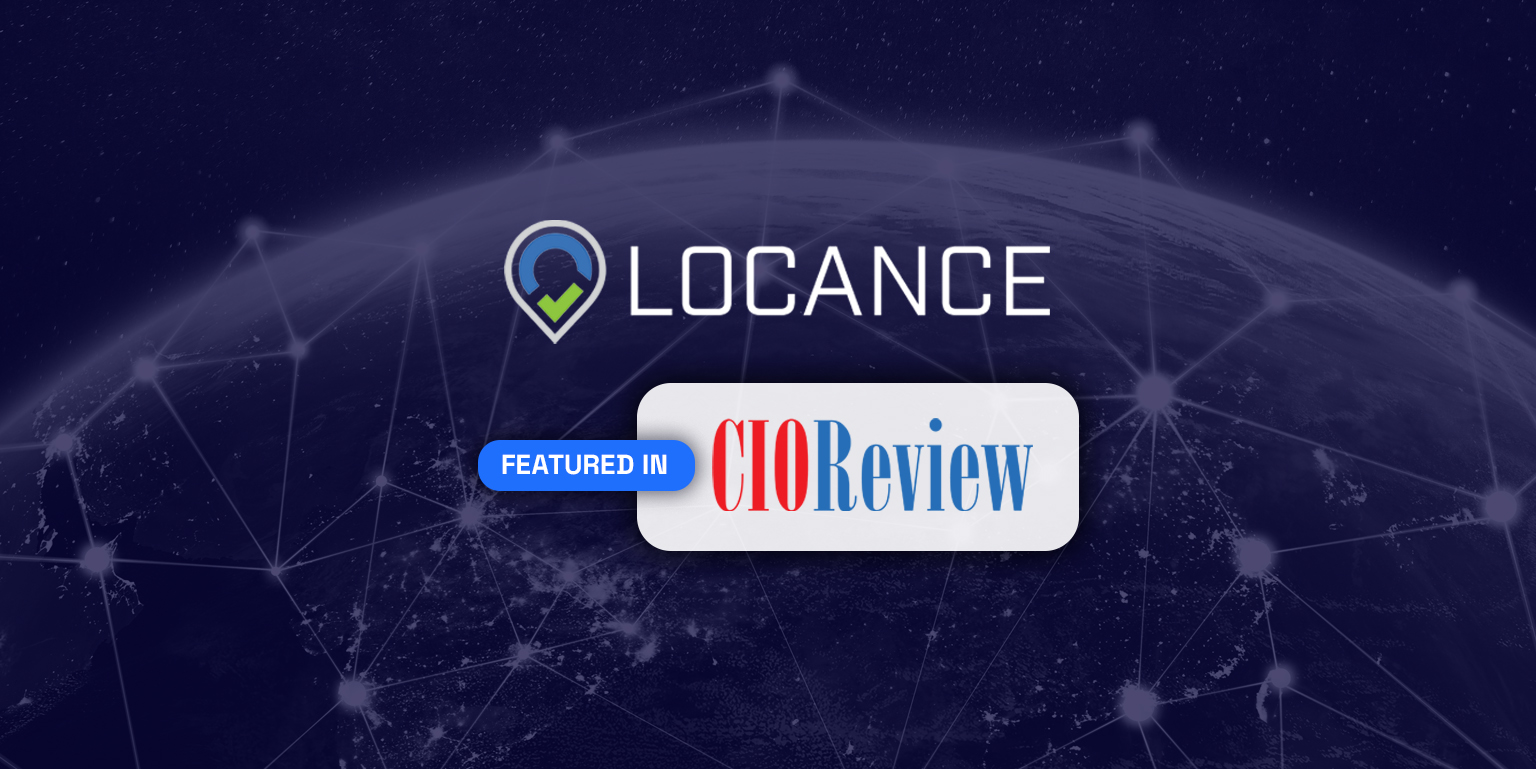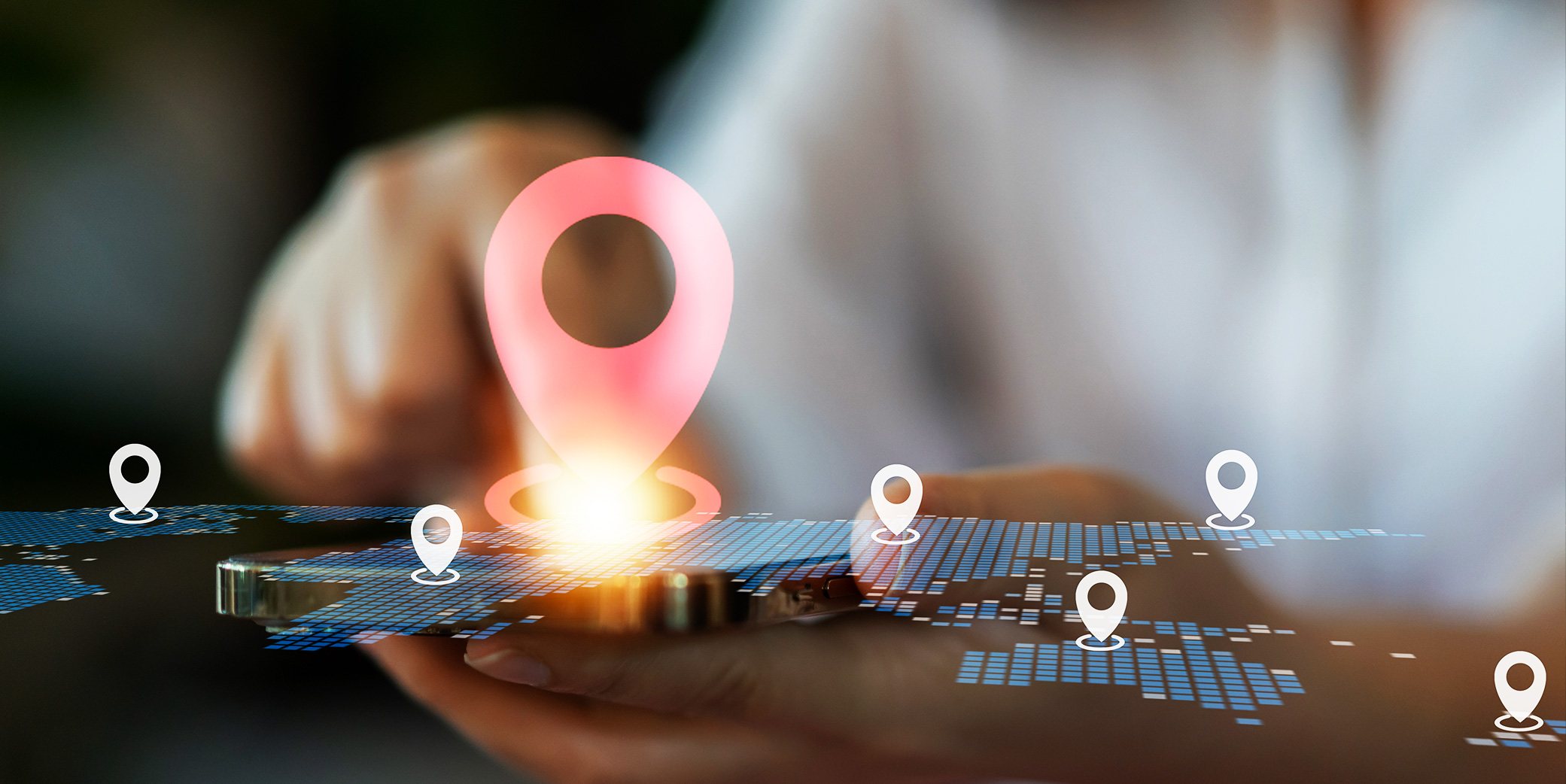The connected industrial revolution
January 24, 2023

Today’s reality feels like a scene from one of your favorite Sci-fi movies. Machines are connecting our lives in ways we could only image a short time ago. Just as in our personal lives, we interact with and benefit from internet connected devices in our work lives. Even our homes feel like they’re from the future where we interact with smart devices to control lighting, heating, cooking, washing, cooling and so much more based on our preferences. In fact, we can also depend on those devices to automatically manage many of those things for us. Nowadays, if your child is named Alexa, they surely could use a nickname to avoid being confused with your automated assistant who plays your songs, tells jokes, keeps calendars, grocery lists, and the list goes on.
With the population of the planet reaching 8B people and well over 14B Internet of Things (IoT) devices in use globally, connected devices are part of our present and our future. Knowledge of what other devices they are communicating with and where they are, is critical for many business functions for visibility and management of their operations.
There is a diverse set of devices in the market, some have GPS, and some don’t. Regardless, businesses using industrial IOT devices, need to know where all of their equipment and assets are located, whether they in transit, in the field, or installed in a warehouse. The devices that have GPS embedded in them may transmit their location coordinates at specified time intervals allowing businesses to track their location to ensure that the devices are where they are supposed to be. With devices that do not have GPS, or the devices are not locatable via GPS because they are deep within a truck or warehouse, or not locatable via the serving wireless carrier, as it may be roaming on another network, there are other means available to locate them. GPS benefits are numerous but the added cost of GPS functionality may not be warranted in some cases, and it can cause battery drain and may require the device to be serviced and updated more frequently, which increases costs.
Most connected devices are programmed or can easily be programmed to report visible cell site or Wi-Fi details. Services such as Locance’s Global Site ID (GSID), that allow 5G and Wi-Fi connected devices to be located, provide businesses with a simple application programming interface (API) to pass the relevant parameters and receive location results within a second. Such services also work for GSM, CDMA, WCDMA (UMTS), or LTE devices as well. GSID provides a practical option for services that demand ongoing visibility of their devices such as track and trace, inventory management, device maintenance, audits, and security. These services can be complementary to GPS and be used when GPS is not available or to offload battery drain. For security and other critical needs, it also serves as a second factor of location verification.
GSID provides fast, reliable and hassle-free results whether locating field equipment, parts in transit, vending machines, ATMs or other equipment. Embracing and learning from our connected world will continue to fuel the Connected Industrial Revolution.
About Locance
Locance offers a comprehensive, real-time cloud-based multi-source geolocation service to enable geolocation validation for Mobile Gaming Operators. Our secure, enterprise-grade API platform is used by operators as part of their regulatory compliance strategy.
Download our Global Site ID Product Brief to learn how Locance can help your business.








